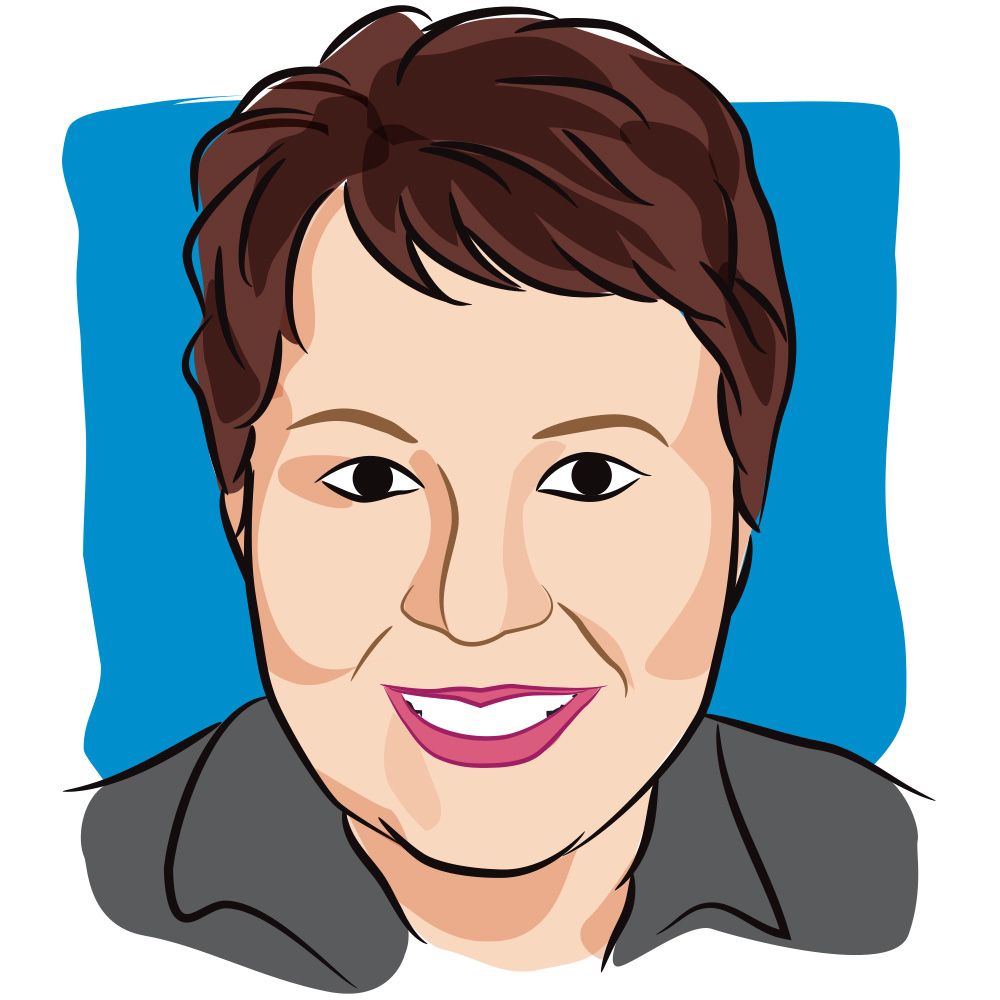Article
A Few Good Men
Author(s):
Why one family is committed to educating the public about male breast cancer.
Robert Kaitz, 49, had the lump under his left nipple for more than a year before pointing it out to his general practitioner.
“I had had cysts on my back and just thought it was another cyst,” Kaitz says.
But it wasn’t a cyst; it was breast cancer.
Baltimore
The diagnosis came as a complete shock to the business owner. “My mother is a survivor; she had a mastectomy in the ‘80s, but I had no idea men could get breast cancer.”
After undergoing a mastectomy, chemotherapy, and radiation for his stage 3 diagnosis, Kaitz decided he wanted to get involved and help educate other men and physicians about the disease. This week, he staffs the booth of the John W. Nick Foundation, a nonprofit organization founded in 1995 by Nancy Nick, her mother Patricia, and her son Adam, in memory of her father, John Nick, who died of breast cancer in 1991 at age 58.
Adam Nick, now 25, is also staffing the booth. He recalls his grandfather as a remarkable man who had just retired and built his dream home—only to die before he could enjoy it.
“The doctors weren’t listening to him when he said he had a problem,” Adam says. “The doctors said, ‘It’s nothing; don’t worry.’ He kept saying, ‘There is something wrong.’”
San Antonio
The foundation, whose mission is “to educate the world about the risk of breast cancer in men and to provide preventive and reactive measures to cancer through education and research,” is the only organization dedicated to male breast cancer awareness among all the advocacy groups exhibiting in , says Kaitz, who is attending SABCS for the second year to staff the booth and to reach out to nurses and physicians about providing support for their male breast cancer patients.
The American Cancer Society estimates there will be almost 2,000 new cases of male breast cancer in 2008 and about 450 will die from the disease.
Male breast cancer is thought to be in part hereditary. Kaitz carries the BRCA2 breast cancer mutation. His mother and sisters, he says, have not been tested, nor have his sons, ages 22 and 27.
“They are all living like they are high-risk,” he says.
Kaitz says he is also motivated to get involved because he considers himself to be one of the lucky ones and seems to be doing well, despite having 5 positive nodes.
Male breast cancer is on the rise and is usually detected when the tumors are bigger and have spread, compared to earlier diagnosis in women, concluded lead investigator Sharon Giordano, MD, assistant professor in the department of breast medical oncology at M.D. Anderson, in a 2004 study of male breast cancer.
Because of the rarity of male breast cancer, researchers continue to look at how it differs from breast cancer in women and how best to treat it. But Giordano’s evaluation of data from 1973 through 1998 on 2,524 cases of male breast cancer and 380,856 cases of female breast cancer showed that male patients were significantly older when diagnosed and were more likely to have later-stage disease and more metastases.
Kaitz says his goal in working with the Nick Foundation is to let physicians know there are resources and to encourage them to tell their patients, if there is a history of breast cancer in the family, they should get evaluated.
“If I can reach one guy and have him get an early diagnosis, then I am a happy guy,” Kaitz says.
Read more of CURE's coverage of the 31st annual San Antonio Breast Cancer Symposium.




